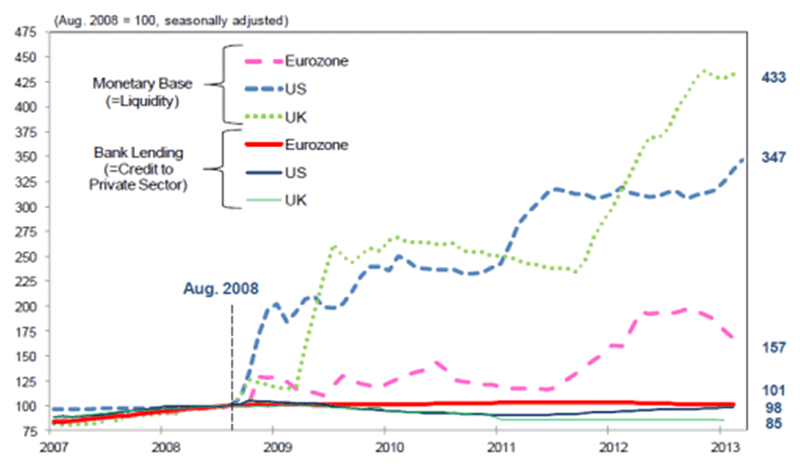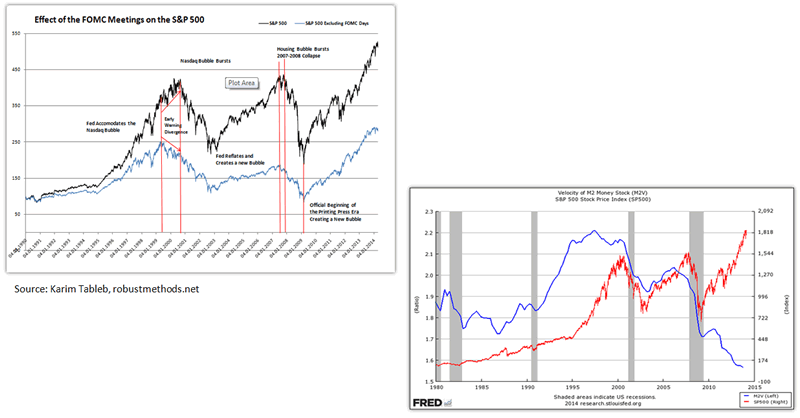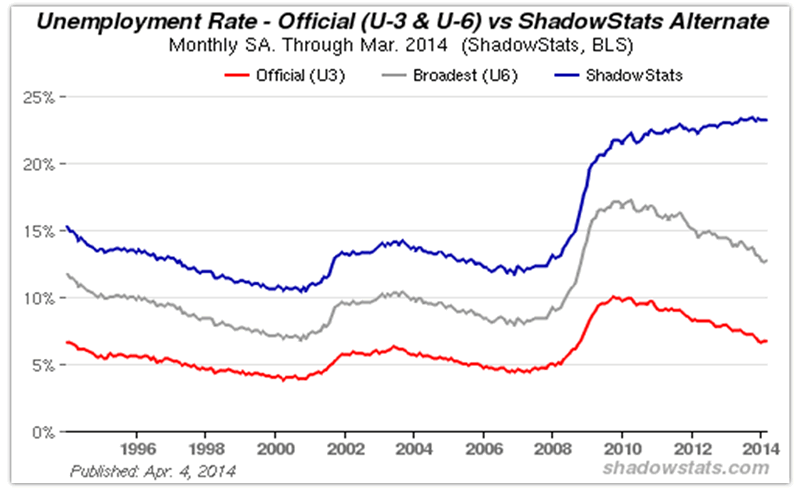“No state is needier than West Virginia when it comes to fixing crumbling highways, airports and water works, with annual repair needs of $1,035 per resident that’s three times the national average.
Yet even with borrowing costs hovering close to four-decade lows, lawmakers rejected a January proposal to sell $1 billion of bonds to repair roads that run through the Appalachian Mountains. Budget cuts were a more immediate concern, they said.
Across the U.S., localities are refraining from raising new funds in the $3.7 trillion municipal-bond market after the worst financial crisis since the Great Depression left them with unprecedented deficits. Rather than take advantage of Federal Reserve policy that’s held benchmark interest rates at historic lows since December 2008, they’re repaying obligations by the most on record.
“When you’re trying to be frugal, it’s probably not the time to eat caviar,” said Margaret Staggers, head of West Virginia’s House transportation committee, who said she was unable to persuade Democratic colleagues to support the bond plan.
The legacy of the 18-month recession that ended in June 2009 still looms large for America’s states and cities. While revenue has revived, governments are under pressure to increase funding for education and other services after years of cuts. They’re balancing those needs against required payments toward entitlements such as pensions, having set aside $1.4 trillion less than they’ve promised to retirees, according to Fed data.
Pennsylvania Hangover
“There’s a psychological hangover,” said Uri Monson, chief financial officer of Montgomery County, Pennsylvania, outside Philadelphia. “We’re not going to go out and borrow unless we absolutely have to.”
Issuance this year has tumbled to $123 billion nationwide through June 13, down 20 percent from the 2013 pace, according to data compiled by Bloomberg. It’s also 30 percent below levels seen in 2010, the final year of the federally subsidized Build America Bonds program, which was designed to spur infrastructure investment.
Since 2010, states and localities have lowered their bond load by $111 billion, the most since the Fed began keeping records in 1945. They’ve paid down the liabilities even as yields on 20-year general obligations have averaged 4.25 percent in the five years since the recession, the lowest since 1969, according to Bond Buyer data.
Corporate Contrast
In contrast, Apple Inc. and Verizon Communications Inc. have led investment-grade companies selling $648 billion of dollar-denominated debt this year, a record pace, Bloomberg data show. The 3.05 percent yield on the Bank of America Merrill Lynch U.S. Corporate Index is within 0.4 percentage point of an all-time low reached in May 2013.
States’ and localities’ spending on construction has fallen every year since its 2009 peak, declining $39 billion, or 13 percent, over the period, U.S. Commerce Department figures show. Their investments in roads, schools and office buildings account for the smallest share of the economy since at least 1947.
“Infrastructure is one of the only ways that states and local governments directly affect commerce in the United States — the trucks have to use the roads and bridges, the boats have to use the ports,” said Daniel White, an economist with Moody’s Analytics in West Chester, Pennsylvania.
“If we continue to let them deteriorate, it could have disastrous consequences,” he said.
Peak Days
State and local spending on roads, railways and other infrastructure crested as a share of the economy during the post-war population boom. In the first quarter, the expenditures accounted for 1.4 percent of the economy, less than a third of the 1967 level, according to data compiled by Moody’s Analytics.
America’s governments would need to spend about $3.6 trillion through 2020 to put everything from roads and water to sewers and electricity networks into adequate shape, according to the American Society of Civil Engineers, based in Reston, Virginia. That’s about $1.6 trillion more than governments are expected to dispense.
“We are not investing adequately in maintaining our infrastructure,” said Joshua Schank, president of the Eno Center for Transportation in Washington. “We are missing an opportunity to borrow at lower rates in order to do it.”
Governments aren’t avoiding the market altogether. Municipalities routinely borrow billions of dollars each week for public works….”
Full article
Comments »










